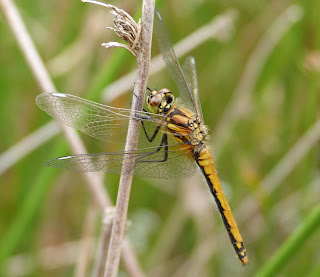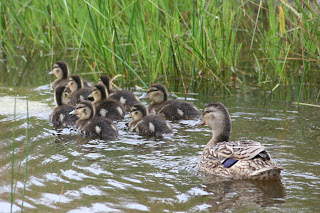A check on progress with the field work for the new national dragonfly atlas will illustrate just how poorly recorded the vice county of Monmouthshire is. There are exceptions of course, birds are well covered, there's been a welcome increase in lepidoptera recording and thanks to the work of individuals like Trevor Evans and Sam Bosenquet higher and lower plants seem well documented, for the rest forget it. This void at best is embarrassing but for a county that supports some quality habitats this lack of recording threatens the future well-being of our natural heritage.
One feature that is a legacy of our industrial heritage is the Mon and Brecon Canal. Winding its way from Brecon through the rolling agricultural landscape of Monmouthshire and on to Newport through the urban conurbations of Pontypool and Cwmbran, not forgetting an arm off to Risca, the canal is a smashing landscape scale wildlife resource. But predictably we know very little about it. Having walked the canal as a young ornithologist and now as an old natuarlist it seems the non navigational sections where the canal has been 'chopped up' by roads and other development are the most diverse.
Stretches of water covered in various species of duckweed, both white and yellow water lily along with the scarcer frogbit, but also in places the non native floating water fern can be found, all supporting a very healthy population of breeding moorhen and mallard. As a kid I remember water vole, alas no more, but otters and bats are frequent. As for invertebrates, these are plentiful, especially where the towpath has escaped the grass cutting activities of the tidiness brigade. Odonata are there for the taking, beautiful and banded demoiselle damselflies and emperor dragonflies are common. Look out for the variable damselfly and hairy dragonfly. Get out and record or expect it to be lost.
























